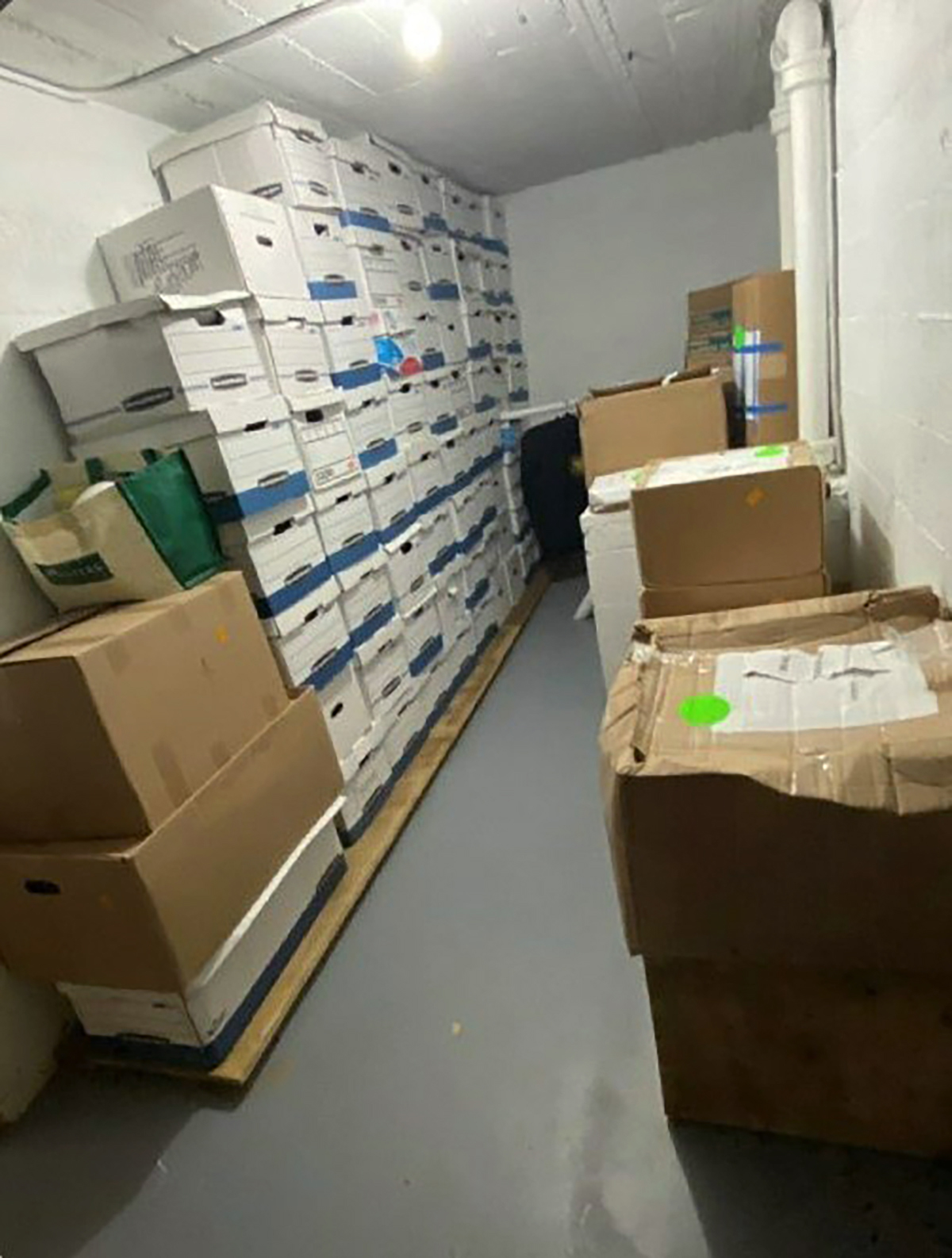Trump allegedly took classified documents on 'nuclear programs' and more: What to know
Prosecutors alleged disclosure could put U.S. national security "at risk."
After more than a yearlong federal investigation, the public is learning stunning, detailed allegations about the classified documents prosecutors say were found at Donald Trump's Mar-a-Lago estate and how they were handled.
In a 49-page indictment unsealed Friday, prosecutors allege Trump had in his possession documents concerning the "nuclear programs" of the United States among other sensitive defense information.
"Our laws that protect national defense information are critical to the safety and security of the United States, and they most be enforced," special counsel Jack Smith said in a brief statement after the indictment's release. "Violations of those laws put our country at risk."

Trump, who has denied all wrongdoing, faces 37 charges including willful retention of classified documents and conspiracy to obstruct justice. His personal aide, Walt Nauta, was indicted for allegedly conspiring with the former president to obstruct justice.
Prosecutors painted Trump as the chief architect in retaining and concealing the documents at every stage, alleging he was "personally involved" in packing up boxes at the White House in January 2021 and later suggested to one of his lawyers to say "we don't have anything here" after a subpoena was issued for them in 2022.
Here's what to know about the classified documents Trump took to Mar-a-Lago and how prosecutors say they were mishandled:
What was in the documents
According to the indictment, Trump had stored in boxes information "regarding defense and weapons capabilities of both the United States and foreign countries; United States nuclear programs; potential vulnerabilities of the United States and its allies to military attack; and plans for possible retaliation in response to a foreign attack."
"The unauthorized disclosure of these classified documents could put at risk the national security of the United States, foreign relations, the safety of the United States military, and human sources and the continued viability of sensitive intelligence collection methods," the indictment reads.
Trump retained documents from several agencies, prosecutors alleged, including the CIA, Department of Defense, the National Security Agency and the Department of Energy.
The indictment does not reveal exactly what is in the classified documents beyond general descriptions of their content.
Who he shared them with
Prosecutors claimed Trump presented classified information to other people on two occasions.
The indictment presents evidence that Trump shared information about a "plan of attack" against another country to a writer and publisher who visited his Bedminster, New Jersey, golf club in July 2021.
"Secret. This is secret information," Trump told them, the indictment said.

ABC News previously reported investigators were in possession of an audio recording from inside the golf course complex showing Trump acknowledged he was in possession of a sensitive document and that he couldn't declassify it now that he was out of office. According to sources, Trump said the document was about attacking Iran.
In another instance a few months later, according to prosecutors, Trump shared a "classified map" related to an ongoing military operation to a representative of a political action committee that "did not have a security clearance or any need-to-know classified information about the military operation."
What Trump told his lawyers
The indictment also includes information of Trump's reaction to a subpoena from a grand jury in May 2022 for all documents with classified markings in his custody or control.
According to prosecutors, Trump tried to tell one of his attorneys to tell investigators they had no documents and asked what would happen if "we just don't respond at all."
"I don't want anybody looking through my boxes, I really don't," Trump said, according to the indictment.
One of the lawyers also recalled Trump saying, "Well look isn't it better if there are no documents?"
The indictment also notes a discussion between Trump and one of his lawyers about whether the attorney should bring a folder containing classified markings to his hotel. The attorney told prosecutors that Trump made a "plucking" motion, as if to suggest he remove any damaging documents.
“He made a funny motion as though -- well okay why don’t you take them with you to your hotel room and if there’s anything really bad in there, like, you know, pluck it out,” the lawyer said, according to the indictment. “And that was the motion that he made. He didn’t say that.”
Prosecutors also claimed Trump and Nauta misled one of the attorneys by moving boxes that contained documents with classified markings so that the attorney would not find the documents and produce them to a federal grand jury.
How they were stored
The indictment alleges Trump kept classified documents in the ballroom of his Mar-a-Lago estate, as well as Trump stored documents his bedroom, a storage space and even in the bathroom and shower.
Prosecutors said that "tens of thousands of members and guests" visited the Mar-a-Lago between January 2021 through the time they conducted a search on Aug. 8, 2022.
Prosecutors broke down where the documents were found at his home when they executed the search warrant.
In Trump's office, they found six "top secret" documents, 18 "secret" documents and three marked "confidential."
In the storage room, they found 11 "top secret" documents, 36 "secret" documents and 28 marked "confidential."



